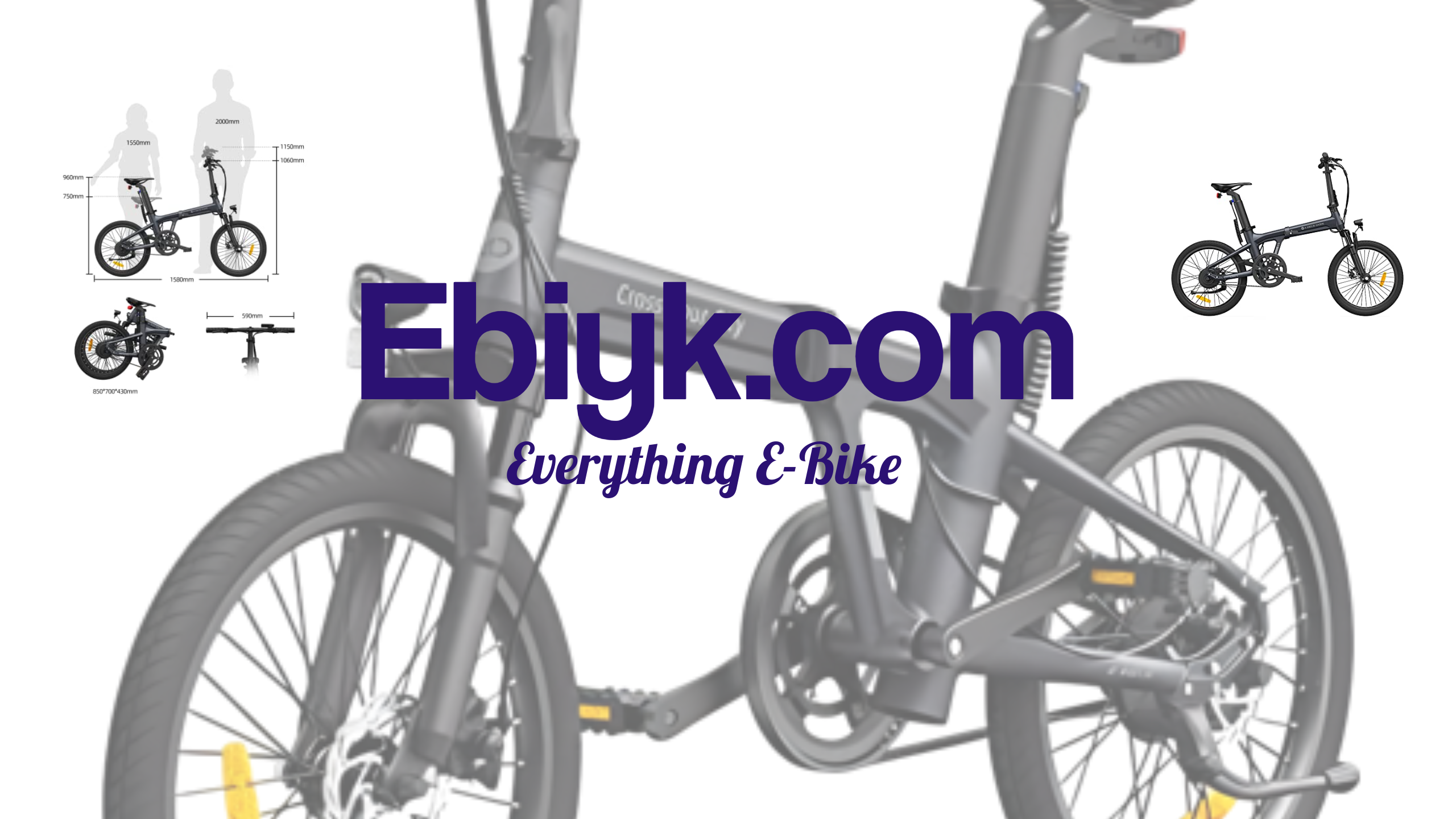Overview of E Scooters: The Future of Urban Transportation
Electric scooters, commonly referred to as e-scooters, are becoming an increasingly popular mode of transportation in urban areas around the world. They are compact and convenient, offering a fun and efficient way to travel short distances without the hassle of traffic or parking.
E-scooters are powered by rechargeable batteries and can reach speeds of up to 15 mph. They typically have a range of 15-20 miles on a single charge, making them perfect for quick trips around the city. Shared e-scooters have also become a popular sight in many cities, with companies such as Lime, Bird, and Spin offering rentals that can be accessed through a smartphone app.
Advocates of e-scooters argue that they offer a solution to urban congestion and provide an environmentally friendly alternative to cars. Additionally, they are relatively affordable, with rental fees typically costing a few dollars per ride.
However, e-scooters also present some challenges for cities and riders alike. They can be dangerous if not used properly, with injuries on the rise in cities where e-scooter rentals are available. Additionally, concerns have been raised about the impact of e-scooters on pedestrian traffic and overall safety.
In response to these challenges, cities are implementing regulations to ensure the safe use of e-scooters. This includes requirements for riders to wear helmets, rules around the use of e-scooters on sidewalks, and restrictions on where they can be parked.
Despite these challenges, e-scooters show no signs of slowing down in popularity. As technology improves and regulations become more widespread, they have the potential to become a dominant mode of transportation in urban areas in the coming years.
Safety Concerns and Regulations Surrounding the use of E Scooters
The increasing popularity of electric scooters has brought up some serious safety concerns. With the rise of e-scooter use in urban areas, cities and towns have had to adjust regulations to maintain the safety of pedestrians, cyclists, and drivers. In this section, we will discuss the safety concerns and the regulations surrounding the use of e-scooters.
Safety Concerns
E-Scooter accidents have increased over recent years, and many of these accidents can be attributed to the following safety concerns:
- Riding in the wrong direction
- Not wearing helmets or other protective gear
- Riding on sidewalks
- Speeding or reckless riding
- Parked scooters obstructing pedestrian walkways
As a result, many jurisdictions have implemented regulations regarding the use of e-scooters to protect both riders and non-riders.
Regulations Surrounding the use of E-Scooters
Regulations for the use of e-scooters are still being developed by cities and towns around the world. There are several regulations that commonly appear in these regulations:
- Minimum age requirements for riders
- Speed limits on roads or bike lanes
- Mandatory use of helmets and other protective gear
- Restrictions on riding on sidewalks
- Prohibitions on riding under the influence of drugs or alcohol
- Restrictions on the number of scooters that can be deployed in a given area
- Requirements for companies to educate users on safe riding practices
Many cities have also implemented designated parking zones, requiring e-scooter companies to ensure that their riders park the scooters in these zones or face potential fines.
Conclusion
The safety of e-scooter riders and non-riders alike is a top priority for cities and towns as they continue to regulate the use of these vehicles. With continued development of regulations and safety education programs, it is possible to reduce the risks and increase the safety of e-scooter riders and those around them.
The Benefits of E Scooters for the Environment and Commuters Alike
Electric scooters, or e scooters, are becoming increasingly popular in cities across the globe. This is, in large part, due to the numerous benefits they offer both the environment and commuters alike.
Environmental Benefits
Perhaps the most significant benefit of e scooters is that they are an environmentally friendly mode of transportation. Unlike traditional gasoline-powered vehicles, e scooters do not produce harmful emissions that contribute to air pollution. By choosing to ride an e scooter instead of driving a car or taking a taxi, commuters can significantly reduce their carbon footprint and help to improve air quality in urban areas.
Additionally, e scooters are much more energy efficient than traditional modes of transportation. This means that they can travel longer distances on less energy, making them a far more sustainable option in the long run.
Commute Benefits
E scooters are also incredibly convenient for commuters. They are smaller and more agile than cars, which allows riders to easily navigate through congested urban areas. E scooters also eliminate the need to deal with traffic and parking, which can save commuters both time and money.
Many cities are also implementing bike lanes and cycle paths, making e scooters a safer option for those who are concerned about their safety when commuting. Commuters can also avoid the hassles of public transportation, such as crowded trains and buses, by riding an e scooter to their destination.
The Future of Transportation
E scooters are quickly becoming a preferred mode of transportation for commuters around the world. They are fast, affordable, and environmentally friendly, making them an attractive option for those looking to reduce their carbon footprint and save money on their daily commute. As cities continue to grow and become more congested, e scooters will likely play an increasingly important role in the future of transportation.
